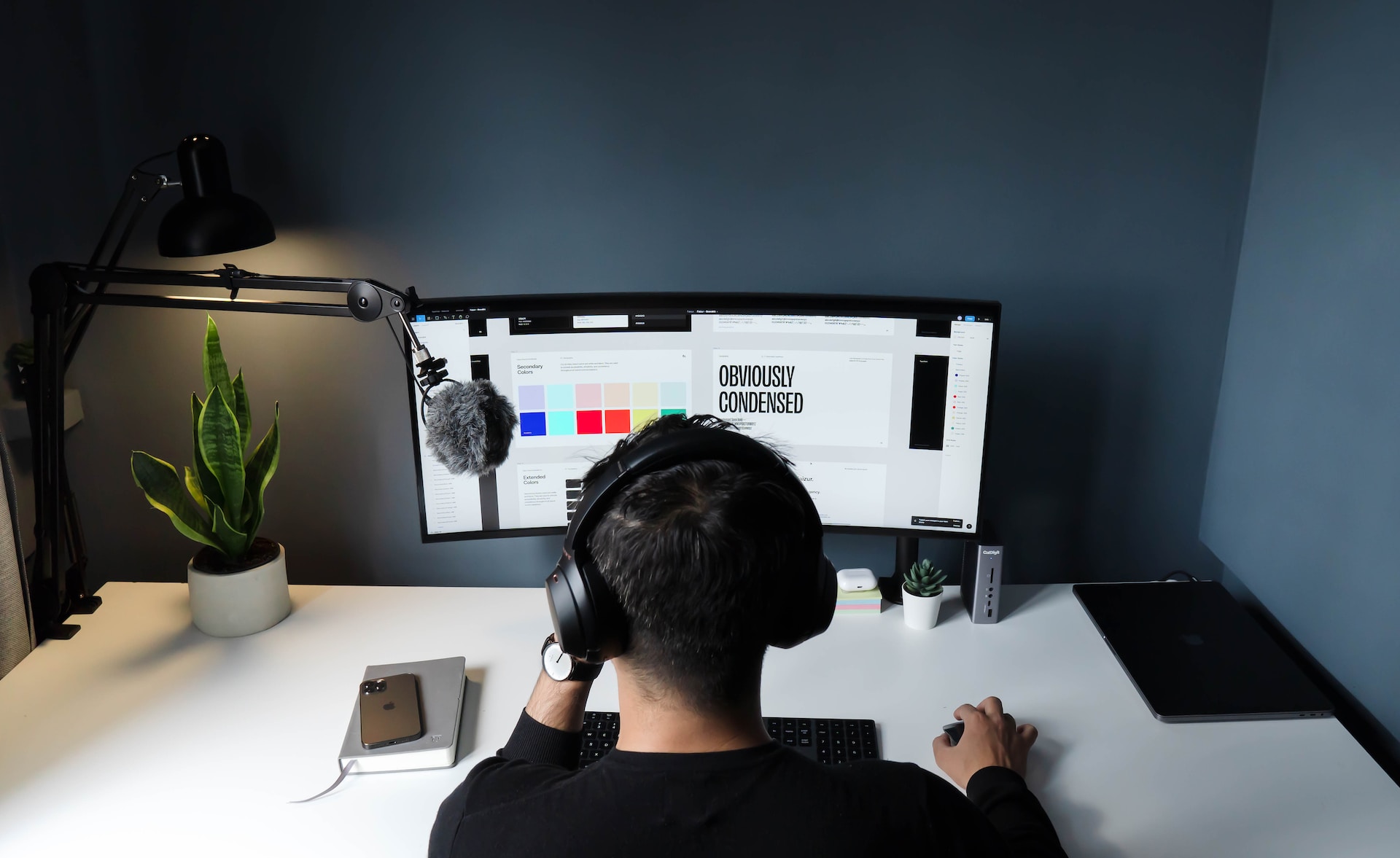Introduction.
I understand the importance of design with purpose. I believe that design is not just about aesthetics, but also about functionality and the user experience. In this article, we will explore the concept of design with purpose and how it can benefit businesses and organizations. I will also provide practical tips for designing with purpose and showcase examples of successful design with purpose.
What is Design with Purpose?
Design with purpose is the practice of creating designs that serve a specific purpose or solve a particular problem. It goes beyond aesthetics and focuses on functionality, usability, and the user experience. Design with purpose is about creating designs that are intuitive, user-friendly, and efficient.
Why is Design with Purpose Important?
Design with purpose is important for businesses and organizations because it can have a significant impact on the bottom line. A well-designed product, offering or service can increase customer satisfaction, loyalty, and retention. It can also reduce support and maintenance costs, increase productivity, and improve brand reputation.
Tips for Designing with Purpose.
1. Understand Your Audience
To design with purpose, it is essential to understand your audience. Who are they? What are their needs? What are their pain points? Understanding your audience will help you create designs that are relevant, useful, and user-friendly.out
2. Focus on Functionality
Design is about functionality. Your design should solve a problem or serve a specific purpose. It should be easy to use, intuitive, and efficient. Avoid adding unnecessary features or complexity that can confuse or frustrate users.
3. Prioritize User Experience
User experience is critical to design with purpose. Your design should be user-centric and focused on the needs of your audience. It should be easy to navigate, visually appealing, and responsive. The user experience should be seamless and intuitive, with minimal friction points.
4. Iterate and Test
Design is an iterative process. It is essential to test your design with your audience and gather feedback to make improvements. Iterate and refine your design until you achieve the desired outcome.
Examples of Successful Design with Purpose.
Airbnb
Airbnb is an excellent example of design with purpose. Their website and mobile app are intuitive and user-friendly. The search and booking process is straight forward, and the user experience is seamless. The design is focused on the needs of the user and prioritizes functionality and usability.
Apple
Apple is another great example of design with purpose. Their products are sleek, visually appealing, and user-friendly. The design is focused on functionality and usability, with a minimalistic approach that eliminates clutter and complexity.
Conclusion
Design with purpose is an essential practice for businesses and organizations that want to create successful products and services. By focusing on functionality, user experience, and the needs of the audience, businesses can improve customer satisfaction, loyalty, and retention.
With the tips and examples provided in this article, you can start designing with purpose and create designs that stand out in today's competitive market.
